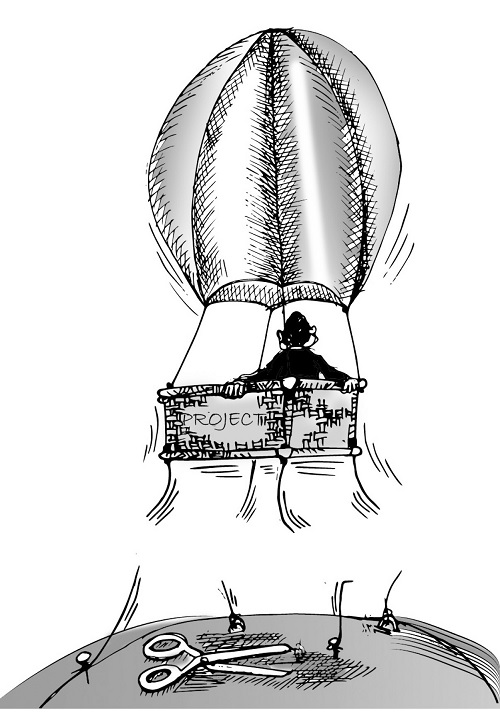
Most megaprojects that the government had been boasting of went to no avail owing to the lame-duck execution capacity. There had been various reasons that contributed to the ailing project execution. But, bad governance and corruption come at the top of the list.
The reform has come to the mega projects’ rescue. Earlier this February, Prime Minister Abiy Ahmed inaugurated a 254-MW Genale Dawa III hydroelectric dam, and Welmel river irrigation development projects. The hydro-dam was constructed at an outlay of 451 million USD.
Other projects have also entered operation phases that included industrial parks and irrigation projects.
For a country whose main export-oriented projects faced a delay compounded with maturing non-concessional loans, and listed at the IMF high risk of debt distress, the drastic improvement in project execution capacity is a recipe to resuscitate the public’s hope and optimism-that was utterly robbed of due to the misdeeds of the previous administration.
Over and beyond, the international financer’s confidence in the country’s capability of funneling funds to the intended target has increased, the world bank and IMF pledges to finance the reform activities in Ethiopia are just to name but a few.
The ingredients to these development feats are practically identified-fighting bad governance and corruption as well as willpower to bring projects to reality. These and the relating lessons must be learned. It is possible to complete projects per their schedules. What determines whether or not projects can see
Most megaprojects that the government had been boasting of went to no avail owing to the lame-duck execution capacity. There had been various reasons that contributed to the ailing project execution. But, bad governance and corruption come at the top of the list.
The reform has come to the mega projects’ rescue. Earlier this February, Prime Minister Abiy Ahmed inaugurated a 254-MW Genale Dawa III hydroelectric dam, and Welmel river irrigation development projects. The hydro-dam was constructed at an outlay of 451 million USD.
Other projects have also entered operation phases that included industrial parks and irrigation projects.
For a country whose main export-oriented projects faced a delay compounded with maturing non-concessional loans, and listed at the IMF high risk of debt distress, the drastic improvement in project execution capacity is a recipe to resuscitate the public’s hope and optimism-that was utterly robbed of due to the misdeeds of the previous administration.
Over and beyond, the international financer’s confidence in the country’s capability of funneling funds to the intended target has increased, the world bank and IMF pledges to finance the reform activities in Ethiopia are just to name but a few.
The ingredients to these development feats are practically identified-fighting bad governance and corruption as well as willpower to bring projects to reality. These and the relating lessons must be learned. It is possible to complete projects per their schedules. What determines whether or not projects can see
completion is just the kind of governance. In doing so, we can avoid garbage in, garbage out.
The Ethiopian Herald February 21/2020





